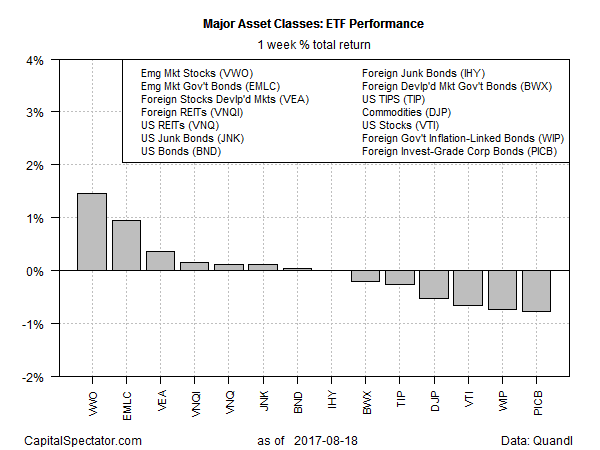
The second outlines the theoretical grounds for passive investing, and the third discusses factors behind its recent growth.

The first section provides an overview of the growth in passive funds across asset classes and countries. The remainder of this feature is organised as follows.

In this respect, we observe that investors in index mutual funds exerted a stabilising influence in recent periods of market stress relative to those using active mutual funds, while flows in and out of ETFs were relatively volatile. 2 Here, it is important to distinguish between the two main types of passive fund: index mutual funds and exchange-traded funds (ETFs). The mechanical way that passive funds manage their portfolios implies that their impact on aggregate security price dynamics will depend mostly on how end investors behave. Even so, the available empirical evidence suggests that portfolio-wide trading of passive funds can still contribute to correlation across individual security prices. A key observation is that, despite their rapid growth, passive funds account for a relatively small fraction of outstanding securities. This special feature provides a conceptual and empirical discussion of these issues. At the aggregate level, there is also the question of whether it might add to destabilising price dynamics by amplifying investors' trading patterns. One concern is that the mechanical investment rules of passive investing may give rise to distortions in the pricing of individual securities. Doing so generates trading costs and requires compensation to active managers and investment in relevant information, which go hand in hand with higher fees.Īside from the issue of the potential benefits and costs for individual investors, rapid growth of passively managed portfolios has generated debate about their possible impact on securities markets. This contrasts with actively managed funds, which seek to earn higher returns than their chosen benchmark through discretionary security selection or trading in anticipation of market turning points. Passively managed funds are investment vehicles that offer diversified and low-fee portfolios. Maintaining a passive investment strategy requires no trading in the absence of changes in index composition. It is typically implemented by holding each of the indices' constituent securities in line with their representation in the index. Passive portfolio management (or passive investing) is a strategy that tracks the returns of a price index, such as an established market benchmark. ETF flows were relatively volatile, although their link with underlying prices is less straightforward than for other fund types. In this context, active mutual funds exhibited persistent outflows in recent stress periods, whereas passive mutual fund flows were fairly stable. Second, it could affect aggregate investment fund flows and market price dynamics. First, it could result in higher correlation of returns and less security-specific price information. A shift towards passive investing could affect securities markets in two key ways. The popularity of passive investing through index mutual funds and exchange-traded funds (ETFs) has grown substantially over recent years, displacing higher-cost active investment styles.


 0 kommentar(er)
0 kommentar(er)
